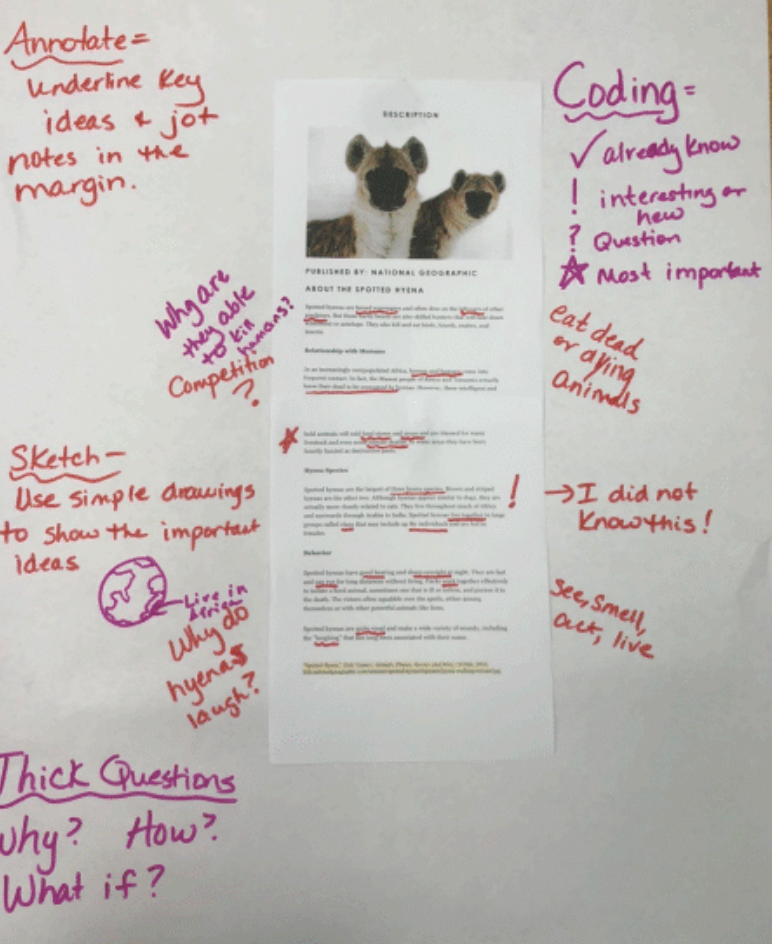Using Passages to Get Kids Thinking
Inquiry Circles
Inquiry circles are structured similarly to our literacy circles. During inquiry circles, students gather in small groups to discuss the text selection.
To begin, students choose a text selection. Intrinsically, it's important that they get a choice. We engage in what we find relevant. Consider looking for short articles that are interesting to the students. Wonderopolis.org provides a daily dose of kid wonderings, complete with brief articles and videos.
Students need to read the text independently or listen to a recording of the text and follow along. To prepare for the discussion they will need to annotate, write questioning (wonderings), illustrate, and/or summarize the text.
Then students gather together to discuss the text, much like a book club. Students will discuss the text meaning, use of author's craft, author's perspective, reader's perspective and any questions they may have. This is a great way to take the intimidation factor of passages down and allow students to discuss what they are reading. They need to hear how others have interpreted the text information.
Students should have simple roles such as discussion director, reporter, connector, etc. This ensures that everyone has a job and participates in the discussion.
Provide guiding questions to get students to move to deeper levels of text understanding. For example,
- What did the text say?
- What is the author trying to explain?
- How does the author feel about the topic?
- What does the author want the reader to think about the topic?
- What information has the author left out?
Activate Background Knowledge
Have students scan the text to discuss what they "See, Think, and Wonder." Then hold discussions in teams to talk about their prior knowledge and predictions. Encourage students to record some predictions and questions about the text using genre knowledge.
- What do you see?
- What do you think?
- What do you wonder?

ERT (Everybody Read To...)
Being intentional with our instruction is a must in this line of work! ERT is great for planning intentional instruction. Guide students to important parts of the text using "Everybody Read To..."
- Find key details
- To determine the reason the author wrote the selection
- Locate evidence to support an inference
- and much more!
Author's Craft Investigation
Student have to be able to draw conclusions about the entire selection. Thinking about the author's use of craft helps them deepen their understanding of the author's message. Have students examine the author's intention (purpose) and discuss in groups. This will allow students to see the text as a whole.
